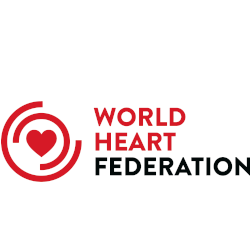Review
Blood Pressure, Sodium Intake, and Hypertension Control: Lessons From the North Karelia Project
Abstract
From the very beginning of the North Karelia Project, prevention, detection, and control of hypertension were included as key aims in the project. An intensive hypertension prevention and control program was established in North Karelia in 1972 that included community-based activities to reduce blood pressure levels in the entire population, detect people with hypertension, improve their treatment, establish standard diagnostic and therapeutic methods, and to monitor blood pressure levels, control of hypertension, and the performance of the health care. After the first 5 years of the project, most of these activities were also implemented on the national level. In late 1970s, work to reduce the salt intake was started, and substantial reductions have taken place in salt intake in the Finnish population. Remarkable improvements have been seen both in blood pressure levels and in treatment and control of hypertension in North Karelia and in the whole of Finland. Between 1972 and 2012 in North Karelia, the mean systolic blood pressure among 30- to 59-year-old men has decreased from 149 mm Hg to 135 mm Hg and among women from 153 mm Hg to 129 mm Hg. The decreases in mean diastolic blood pressure have been from 92 mm Hg to 84 mm Hg among men and from 92 mm Hg to 79 mm Hg among women.
Highlights
- Blood pressure levels have declined remarkably in Finland since the 1970s.
- Major improvements have been seen in treatment and control of hypertension.
- Salt intake has declined notably but remains higher than recommended.
- Community-based activities in prevention and control of hypertension can be effective.


